Hadrosaur Duck Bill Dinosaur Ankle Bone Judith River Formation Montana
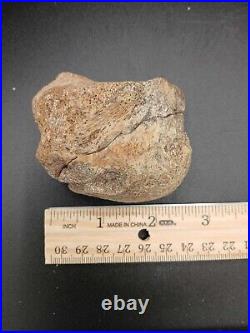
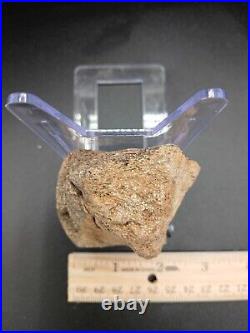
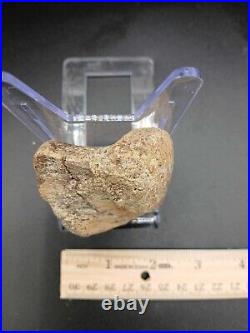
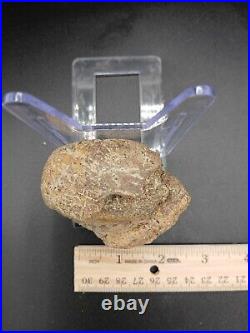
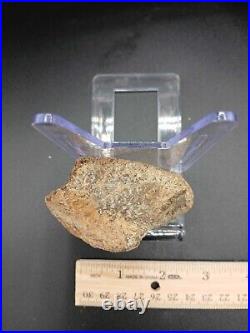
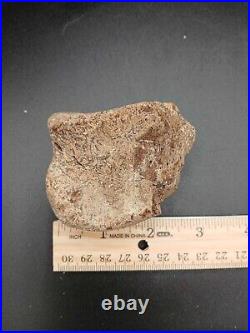

This ankle bone has a small ding, but is otherwise very complete. The Judith River Formation is a geologic formation located in western North America, primarily in Montana, USA, and Alberta, Canada. Here's a detailed description of the Judith River Formation. Age and Period: The Judith River Formation dates to the Late Cretaceous period, specifically the Campanian stage, approximately 80 to 75 million years ago.
Geographical Extent: The formation is primarily found in the northern Great Plains region of North America. It spans across the U. States of Montana, Wyoming, North Dakota, South Dakota, and extends into the Canadian province of Alberta. Stratigraphy: The Judith River Formation is part of the Belly River Group, which includes several other formations such as the Oldman Formation and the Dinosaur Park Formation. It sits stratigraphically above the older Cloverly Formation.Sedimentary Deposition: It is primarily composed of sandstone, siltstone, mudstone, and shale, deposited in a variety of environments including river channels, floodplains, and swamps. Paleontological Significance: The Judith River Formation is famous for its rich fossil assemblage, which includes a variety of dinosaurs such as hadrosaurs (duck-billed dinosaurs), ceratopsians (horned dinosaurs), and theropods (meat-eating dinosaurs). Fossils of turtles, crocodiles, fish, and mammals have also been found. Paleoenvironment: During the Late Cretaceous, the Judith River Formation area was characterized by a warm, humid climate with extensive river systems and lush vegetation.
Discovery and Research: The formation has been extensively studied by paleontologists since the late 19th century, and continues to yield new fossil discoveries that contribute to our understanding of Late Cretaceous ecosystems in North America. Hadrosaur Tarsal, Cretaceous-Campanian, Judith River formation, Montana.